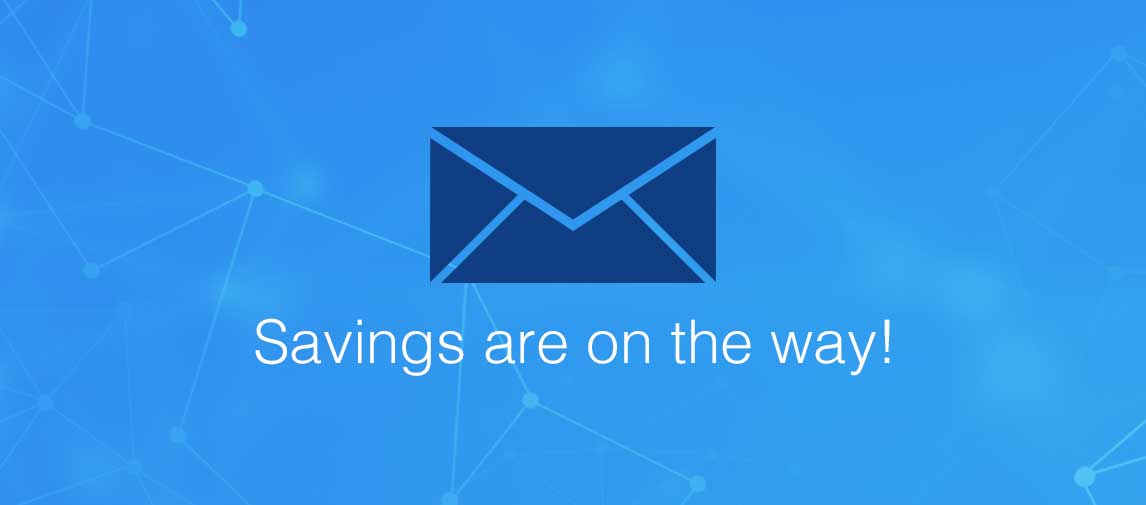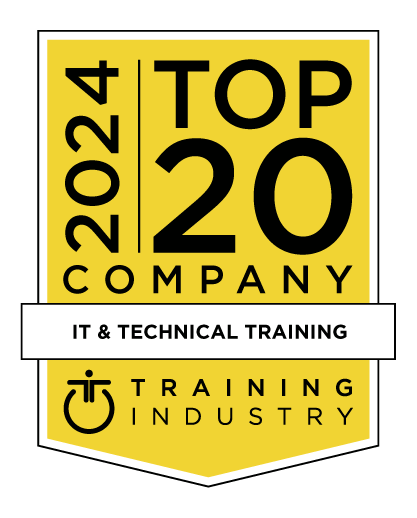title
Please take a moment to fill out this form. We will get back to you as soon as possible.
All fields marked with an asterisk (*) are mandatory.
Administering Microsoft Azure SQL Solutions (DP-300T00)
Course Description
Overview
This course provides students with the knowledge and skills to administer a SQL Server database infrastructure for cloud, on-premises and hybrid relational databases and who work with the Microsoft PaaS relational database offerings. Additionally, it will be of use to individuals who develop applications that deliver content from SQL-based relational databases.
Microsoft Azure Certification Video
Objectives
Students will learn to,
- Prepare to maintain SQL databases on Azure
- Deploy IaaS solutions with Azure SQL
- Deploy PaaS solutions with Azure SQL
- Evaluate strategies for migrating to Azure SQL
- Migrate SQL Server workloads to Azure SQL Database
- Migrate SQL Server workloads to Azure SQL Managed Instance
- Configure database authentication and authorization
- Protect data in-transit and at rest
- Implement compliance controls for sensitive data
- Describe performance monitoring
- Configure SQL Server resources for optimal performance
- Configure databases for optimal performance
- Explore query performance optimization
- Evaluate performance improvements
- Explore performance-based design
- Automate deployment of database resources
- Create and manage SQL Agent jobs
- Manage Azure PaaS tasks using automation
- Describe high availability and disaster recovery strategies
- Explore IaaS and PaaS solutions for high availability and disaster recovery
- Back up and restore databases
Audience
The audience for this course is data professionals managing data and databases who want to learn about administering the data platform technologies that are available on Microsoft Azure. This course is also valuable for data architects and application developers who need to understand what technologies are available for the data platform with Azure and how to work with those technologies through applications.
Prerequisites
- Working with, maintaining, and developing with SQL Server
- Experience with Azure, such as deploying and managing resources
- AZ-900 Azure Fundamentals
- DP-900 Azure Data Fundamentals
Successful Azure Database Administrators start this role with professional experience in database management and technical knowledge of cloud technologies.
Specifically:
At a minimum, you should know the information in the following online training before attending the course:
Topics
Module 1 : Prepare to maintain SQL databases on Azure
- Understand the role of Azure Database Administrator as it fits in with other data platform roles.
- Describe the key differences between the SQL Server-based database options in Azure.
- Describe other features for Azure SQL platforms available.
Module 2 : Deploy IaaS solutions with Azure SQL
- Explore the basics of SQL Server in an Infrastructure as a Service (IaaS) offering
- Learn the available options for provisioning and deployment
- Deploy SQL Server into an Azure Virtual Machine
Module 3 : Deploy PaaS solutions with Azure SQL
- Gain an understanding SQL Server in a Platform as a Service (PaaS) offering
- Understand PaaS provisioning and deployment options
- Understand elastic pools
- Examine Azure SQL Managed Instances
- Explore Azure SQL Edge
- Configure a template for PaaS deployment
Module 4 : Evaluate strategies for migrating to Azure SQL
- Evaluate different Azure migration options when moving your SQL environment to the cloud.
- Understand how SQL Server compatibility level affects database behavior.
- Understand the differences between private and public preview options.
Module 5 : Migrate SQL Server workloads to Azure SQL Database
- Explore the advantages, capabilities, and migration possibilities offered by Azure SQL Database.
- Migrate databases using Azure SQL Migration extension for Azure Data Studio and tracking database migration activities.
- Use the Data Migration Assistant (DMA) tool to facilitate SQL Server migrations to Azure SQL Database.
- Use transactional replication as an online method to migrate to Azure SQL Database.
- Explore several other methods for migrating SQL Server databases to Azure SQL Database.
Module 6 : Migrate SQL Server workloads to Azure SQL Managed Instance
- Explore the advantages, capabilities, and migration possibilities offered by Azure SQL Managed Instance.
- Learn how Log Replay Service works to migrate to Azure SQL Managed Instance.
- Understand how Managed Instance link feature works in a migration scenario.
- Load and move data to and from Azure SQL Managed Instance.
- Explore several other methods for migrating SQL Server databases to Azure SQL Database.
Module 7 : Configure database authentication and authorization
- Learn about authentication options for Azure SQL Database
- Create various security principals
- Configure permissions within a SQL database
- Identify authentication and authorization failures
Module 8 : Protect data in-transit and at rest
- Understand the data encryption options available in the various platforms
- Implement object level encryption
- Understand the difference between database and server firewall rules for Azure SQL Database
- Explore Always Encrypted with secure enclaves
Module 9 : Implement compliance controls for sensitive data
- Plan and implement data classification in Azure SQL Database
- Understand and configure row-level security and dynamic data masking
- Understand the usage of Microsoft Defender for SQL
- Explore how Azure SQL Database Ledger works
Module 10 : Describe performance monitoring
- Review potential performance issues.
- Identify critical Azure metrics.
- Learn how to collect metrics for an established baseline.
- Use extended events for performance analysis.
- Understand Azure SQL Database Intelligent Insights.
Module 11 : Configure SQL Server resources for optimal performance
- Understand your options for configuration of Azure storage
- Learn how to configure TempDB data files in SQL Server
- Learn how to choose the right type of VM for SQL Server workloads
- Understand the use cases and configuration of Resource Governor in SQL Server
Module 12 : Configure databases for optimal performance
- Understand database scoped configuration options
- Understand maintenance tasks related to indexing and statistics
- Understand the features of Intelligent Query Processing (IQP)
- Explore the automatic tuning feature in Azure
Module 13 : Explore query performance optimization
- Generate and save execution plans
- Compare the different types of execution plans
- Understand how and why query plans are generated
- Explain the purpose and benefits of the Query Store
- Investigate the available reports and data in the Query Store
Module 14 : Evaluate performance improvements
- Determine when changing indexes or defining new ones can affect performance
- Evaluate wait statistics as an aid in finding areas for performance improvement
- Understand how query hints work, and when to use them
Module 15 : Explore performance-based design
- Explore normal forms and how they affect database design
- Choose appropriate datatypes for your data
- Evaluate appropriate index types
Module 16 : Automate deployment of database resources
- Describe the deployment models available on Azure
- Deploy database resources using PowerShell and Azure CLI
- Deploy an Azure Resource Manager template and Bicep
- Understand the difference between multiple command-line options
Module 17 : Create and manage SQL Agent jobs
- Schedule necessary maintenance activities for your databases.
- Configure notifications and alerts on SQL Server Agent jobs, and SQL Server.
- Configure alerts based on performance monitor values.
Module 18 : Manage Azure PaaS tasks using automation
- Understand the benefits of Azure policy
- Explore the capabilities of Azure Automation
- Configure elastic jobs
- Use Logic Apps for database workflow
Module 19 : Describe high availability and disaster recovery strategies
- Define recovery time objective and recovery point objective
- Explore the available high availability and disaster recovery options for both IaaS and PaaS
- Devise an appropriate high availability and disaster recovery strategy
Module 20 : Explore IaaS and PaaS solutions for high availability and disaster recovery
- Explore options for deploying a WSFC in Azure
- Explore options for deploying an AG in Azure
- Implement Temporal Tables
- Plan active geo-replication and auto-failover groups
Module 21 : Back up and restore databases
- Explore backup and restore options for IaaS
- Implement backup and restore for PaaS
Related Courses
-
Microsoft Azure Security Technologies
MOC-AZ-500T00- Duration: 4 Days
- Delivery Format: Classroom Training, Online Training
- Price: 2,380.00 USD
-
Introduction to Microsoft Azure
MOC-AZ-900T00- Duration: 1 Day
- Delivery Format: Classroom Training, Online Training
- Price: 595.00 USD
Self-Paced Training Info
Learn at your own pace with anytime, anywhere training
- Same in-demand topics as instructor-led public and private classes.
- Standalone learning or supplemental reinforcement.
- e-Learning content varies by course and technology.
- View the Self-Paced version of this outline and what is included in the SPVC course.
- Learn more about e-Learning
Course Added To Shopping Cart
bla
bla
bla
bla
bla
bla
Self-Paced Training Terms & Conditions
Exam Terms & Conditions
Sorry, there are no classes that meet your criteria.
Please contact us to schedule a class.

STOP! Before You Leave
Save 0% on this course!
Take advantage of our online-only offer & save 0% on any course !
Promo Code skip0 will be applied to your registration
Purchase Information
title
Please take a moment to fill out this form. We will get back to you as soon as possible.
All fields marked with an asterisk (*) are mandatory.










